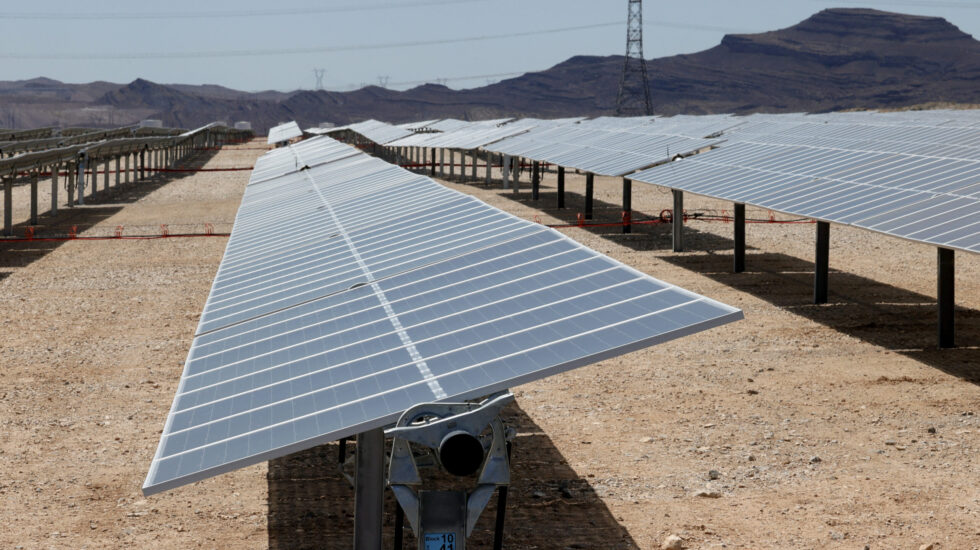Tackling the climate crisis was one of the priority items that Joe Biden campaigned on during his presidential run. Wednesday, the Biden Administration revealed an ambitious strategy to have solar energy produce nearly half of U.S. electricity by the year 2050.
It would mark a dramatic change in American energy policy fueled by significantly ramping up production of solar panels. Right now, solar provides just three percent of the nation’s electrical supply. The White House goal is to have that number reach 45 percent by 2050. It would be a game-changing move by Biden that would almost completely overhaul the energy industry and go a long way towards reducing U.S. greenhouse gas emissions.
It’s fraught with political peril, however, as climate change remains a polarizing issue with conservatives.
The Washington Post writes that while the 45% goal is reachable, it depends on other factors such as Congress passing measures like Biden’s wide-reaching $3.5 trillion infrastructure bill:
Energy Secretary Jennifer Granholm said in a statement that the nation could achieve such a rapid shift, citing a new department study that projects solar energy could provide 40 percent of the nation’s electricity by 2035 and employ as many as 1.5 million people without boosting electricity prices. That analysis, however, assumes that Congress would fund several of the clean energy investments and policies that Biden has proposed but that have yet to be enacted.
“Achieving this bright future requires a massive and equitable deployment of renewable energy and strong decarbonization polices — exactly what is laid out in the bipartisan Infrastructure Investment and Jobs Act and President Biden’s Build Back Better agenda.”
Energy secretary Jennifer Granholm
One of the big selling points Biden has used when pushing for his clean energy initiatives are the new jobs it could bring. A new report from the Energy Department indicates that “decarbonizing” the energy grid could produce 1.5 million new jobs and that solar energy has the potential to power 40% of the nation’s electricity by 2035.
But the New York Times writes that boosting solar energy production depends on a number of factors.
The Energy Department said the country needed to double the amount of solar energy installed every year over the next four years compared with last year. And then it will need to double annual installations again by 2030. Adding that many solar panels, on rooftops and on open ground, will not be easy. In February, a division of the Energy Department projected that the share of electricity produced by all renewable sources, including solar, wind and hydroelectric dams, would reach 42 percent by 2050 based on current trends and policies.
The White House plan is consistent with what many climate scientists have said is needed to protect the planet. Experts have said that along with prioritizing clean energy sources like solar panels and wind turbines over fossil fuels, cutting net emissions of greenhouse gases to zero by 2050 is essential to limiting the worst effects of global warming.



